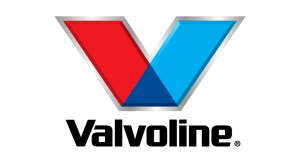Vehicle scanning is a process that is used to inspect vehicles and their contents for any potential dangers. It is mainly used by fleet operators to ensure the safety of their employees and the public.
There are three types of vehicle scanning:
1) Vehicle Scanning with a Full-Body X-Ray Machine: This type of scanning uses an X-ray machine to inspect the vehicle’s interior. The operator needs to open up the vehicle’s door, remove any luggage or items from inside, and then close it again before starting the scanning process.
2) Vehicle Scanning with an Automated External Defibrillator (AED): This type of scanning uses an AED to check for any medical emergencies that a passenger might be experiencing while in transit.
3) Vehicle
Fleet operators can use vehicle scanning to track the location of their vehicles, analyze fuel consumption, and monitor driver behavior.
Vehicle scanning helps fleet operators to increase their efficiency by providing them with real-time data. It also allows them to save time and money on fuel by analyzing drivers’ routes and driving habits.
Vehicle scanning is the process of capturing data from vehicles and turning it into a digital format. Fleet operators are able to use this data for fleet management, safety, and compliance purposes.
Vehicle scanning has many benefits for fleet operators. The most important one is that it provides a way to monitor the condition of their vehicles and identify any problems before they become costly issues.
The data collected by vehicle scanning can also be used to improve safety, reduce fuel costs, maintain compliance with regulations, and help drivers improve their fuel efficiency.









